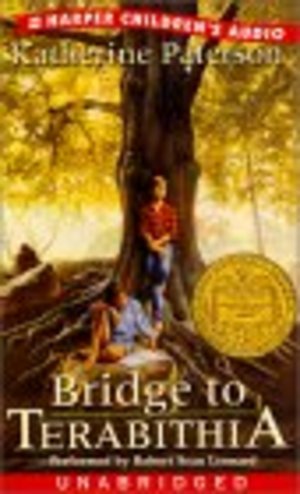As a teacher of English as a Second Language for over ten years, I’ve found that writing is the most difficult skill to develop for students. They may not even write well in their mother tongue, they may not even like reading — which I consider paramount for a good writer.
How can you entice children to write?
Children any age love telling stories: about themselves mainly, but about anything they consider interesting in their lives and what they imagine. They are very imaginative, especially kids under ten.
Don’t be disappointed because you can’t make use of their creative stories because they have not acquire the necessary language and grammar, YOU CAN.
The following is a project in two variations (a group one and an individual one) you can use with children any age — I’ve used it with six-year-olds who were new to English as well as with ten-year-olds at elementary level.
1) Choose the group/child favourite fairy tale (or any tale). You must pick one they know well since this project focus on writing rather than reading.
2) Before reading the story as usual, tell them that you’ve lost the last two pages and you don’t remember the ending (or that a bad witch has asked you to invent a new ending) and you need the children to create a new ending for the story.
3) Read the story as usual, but as you read, make the child/ren say the names of the characters aloud and let them predict what is going to happen.
4) Read up to the “lost” pages. Ask the children what is going to happen. Don’t worry if they use L1 at this brainstorming stage.
5) It would be good if you write the names of the characters and the main events on the board.
6) Divide the group in several small subgroups (three or four is fine).
7) Tell each group that they have to think about the ending of the story. Allow 5-10 minutes for it.
8) Go round each group and ask them about their ideas. Try to provide the necessary language but try not to interfere with their thinking.
9) Provide the children with pencils or markers and paper. Ask the groups to draw their ideas. Allow them to discuss and negotiate about it.
When they finish drawing, go back to each group and re-construct the story. Let the children write the story on the drawing or drawings — they can make a secuence. Help as much as you can, provide all the language and grammar they need (past and future forms, for example) but do not give grammar explanations at this stage. Write yourself if necessary.
Voila! You had your children writing! Then you can make them learn their story in English as much as they can so they will be able to re-tell it, prepare a Show and Tell, or even a play!
I hope this helps you, don’t forget that you may spread the project over several lessons. Don’t miss my other articles on communicative skills.

